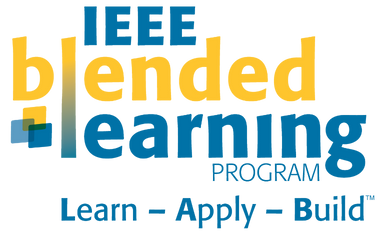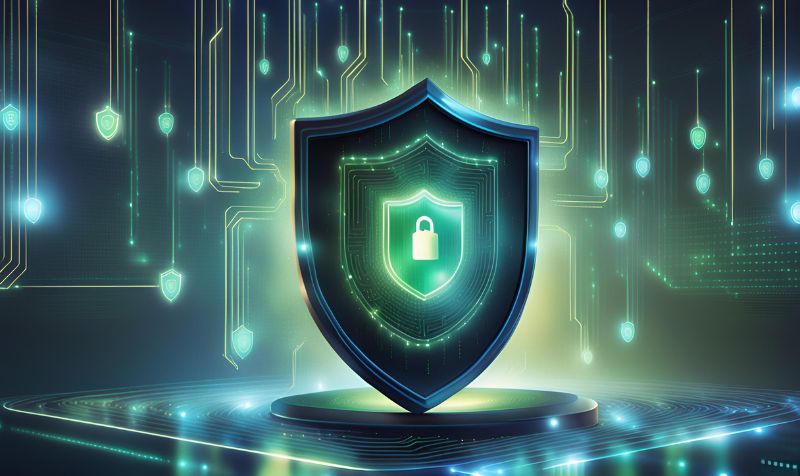
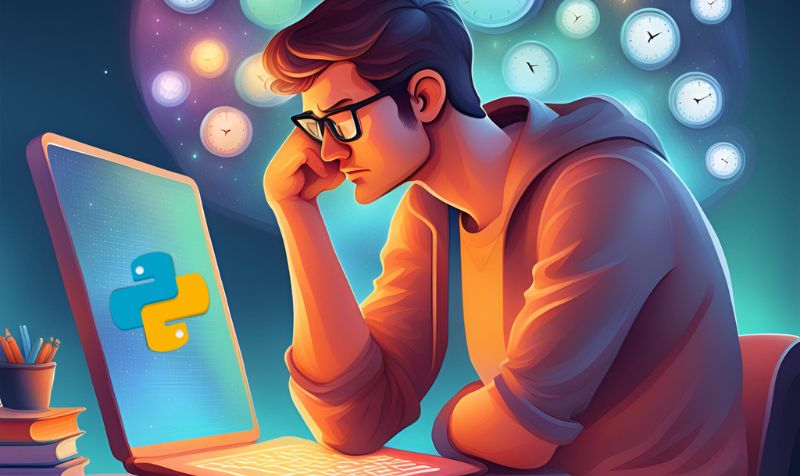
How Long Does It Take to Learn Python?
Python is beginner-friendly and is used across various industries. Hence, all budding developers are expected to know Python or at least have their basics in Python ready.
With over 8.2 million developers using Python and its demand growing worldwide, it has become one of the most widely used programming languages in 2024.
In fact, a recent Stack Overflow Survey states that about 40% of developers prefer using Python, the third most popular programming language. This emphasis on Python’s popularity is well-founded, given its versatility and ease of learning.
If you’re looking to start a career in programming, Python is the way to go. So, how long does it take to learn Python? Where do you begin? We answer these crucial questions in this guide. Read on!
A Brief Intro to Python
Python is a high-level, interpreted programming language known for its simplicity and readability. This makes it ideal for beginners and experienced developers alike.
Python is widely used in various fields, such as web development, data analysis, artificial intelligence, and automation. It’s an excellent language for students due to its straightforward syntax and extensive libraries that simplify complex tasks.
Studies show that in India, the average salary of a Python developer ranges between ₹5,00,000 to ₹12,00,000 per year. With a few years of experience, a mid-level Python Developer earns around ₹9,09,818. A Senior Python Developer with more experience can expect an annual package of around ₹11,50,000.
Even though Python may not be used in real-time systems as frequently as other languages, employers still value it highly. Many companies seek candidates with Python skills for data science, machine learning, and software development roles.
How Long Does It Take to Learn Python?
Learning Python can vary greatly depending on several factors, such as your prior programming experience, how much time you can study, your learning resources, and more. Here’s a breakdown to give you an idea:
1. Beginner Level (1-2 months)
If you’re new to programming, you’ll start with the basics, such as understanding Python syntax, variables, data types, and control structures. You can grasp these fundamentals with consistent study within a couple of months.
2. Intermediate Level (3-6 months)
At this stage, you’ll dive deeper into Python by learning object-oriented programming, working with libraries and frameworks like Pandas and Django, and handling more complex projects. Regular practice and project-based learning help solidify these concepts.
3. Advanced Level (6–12 months)
For those aiming to master Python, you’ll focus on specialized areas such as machine learning, data analysis, or web development. This level involves building real-world applications, contributing to open-source projects, and continuously refining your skills.
How Many Days, Weeks, and Hours Does It Take to Learn Python?

How much time it takes to learn Python varies based on your schedule, pace, and prior experience. Here’s a concise breakdown:
Beginner Level
- Days/Weeks: 4–8 weeks with consistent study.
- Hours per Week: 5–10 hours to grasp basics like syntax, variables, and control structures.
Intermediate Level
- Days/Weeks: 3-6 months of additional learning.
- Hours per Week: 10–15 hours to cover OOP, libraries (Pandas, NumPy), and frameworks (Django, Flask).
Advanced Level
- Days/Weeks: 6–12 months of dedicated study.
- Hours per Week: 15-20 hours to master machine learning, data analysis, and complex projects.
Daily Study Plan
- 1-2 hours/day: Balanced pace for steady learning and practice.
- 3-4 hours/day: Faster progress, ideal for job transition readiness.
Strategies to Learn Python
To master Python efficiently, following a structured learning approach is essential. Here’s a breakdown into three key sections:
1. Fundamentals
Start with the basics
- Syntax and Variables: Learn Python syntax, variable declarations, and data types (integers, strings, lists, dictionaries).
- Control Structures: Master loops (for, while) and conditional statements (if, else, else if).
- Basic Functions: Get comfortable defining and calling functions, understanding the scope, and using built-in functions.
Make sure you practice regularly.
- Coding Exercises: Use platforms like LeetCode, HackerRank, or Codecademy for practice problems.
- Small Projects: Create simple projects like a calculator, a to-do list app, or a basic game.
2. Intermediate
Dive into Object-Oriented Programming (OOP)
- Classes and Objects: Learn how to define classes, create objects, and understand inheritance and polymorphism.
- File Handling: Practice reading from and writing to files, and handling exceptions.
Explore Libraries and Frameworks
- Data Science Libraries: Familiarize yourself with Pandas, NumPy, and Matplotlib for data manipulation and visualization.
- Web Development Frameworks: Learn the basics of Django or Flask to build web applications.
Work on Intermediate Projects
- Data Analysis Projects: Analyze datasets and create visualizations.
- Web Applications: Build a simple web app with user authentication and database integration.
3. Advanced
Specialize in a Domain
- Machine Learning: Study libraries like Scikit-learn, TensorFlow, or PyTorch. Work on machine learning models and algorithms.
- Data Engineering: Focus on big data tools like Apache Spark, and data pipeline architectures.
- Web Development: Deepen your knowledge in advanced Django/Flask features or explore other frameworks like FastAPI.
Contribute to Open Source
- Find Projects: Contribute to Python open-source projects on GitHub.
- Create Your Own Library: Develop and publish your own Python package.
Build Advanced Projects
- Real-World Applications: Work on comprehensive projects such as an e-commerce site, a machine learning pipeline, or a data dashboard.
- Portfolio Development: Showcase your projects on GitHub and build a professional portfolio.
Tips to learn Python
Learning Python effectively requires a practical approach. Here are some tips to help you on your journey. Let’s get into it:
- Break down your learning into manageable chunks and master basic concepts before moving on to more complex topics.
- Dedicate time daily or weekly to coding to retain information and build muscle memory.
- Apply what you learn by working on real projects to reinforce concepts and gain practical experience.
- Use free and paid resources, such as the IEEE Blended Learning program’s Python for everyone. You can access video tutorials, interactive courses, and coding challenges and experience seamless learning.
- Engage with communities on forums like Stack Overflow, Reddit, Pyslackers, PythonistaCafe, etc., to get support, motivation, and valuable insights.
How Long Does It Take to Master Python?
Mastering Python can take years of dedicated practice and continuous learning. While you can become proficient enough to write effective code and build projects within a year, reaching a level where Python feels second nature, ingrained in your muscle memory, requires persistent effort.
The key to mastery is consistent practice, tackling increasingly complex projects, and staying updated with the latest advancements in the Python ecosystem. Focus on coding regularly, debugging, and applying Python to real-world problems. This ongoing commitment will gradually enhance your skills and deepen your understanding, paving the way to mastery.
How to learn Python: A Step-by-Step Process

Learning Python effectively requires a structured approach and consistent effort. Here are the essential steps to guide you through the process:
Step 1: Set Clear Goals
Define why you want to learn Python. Whether it’s for data science, web development, or automation, having clear goals will guide your learning path.
Step 2: Get the Basics Right
Start with the fundamentals: Python syntax, variables, data types, and control structures. Use beginner-friendly resources like those offered by IEEE Blended Learning Program:
- Python for everyone
- Using Python Virtual Environment
Step 3: Practice Regularly and Work on Projects
Dedicate time each day or week to coding. Consistent practice helps reinforce what you’ve learned and builds muscle memory.
Apply your knowledge by building small projects. Start with simple ones like a calculator or a to-do list app, then move on to more complex projects as you advance.
Step 5: Explore Libraries and Frameworks
Learn about popular Python libraries and frameworks relevant to your goals. For data science, explore Pandas and NumPy; for web development, look into Django or Flask.
Step 6: Stay Updated
Python is continuously evolving. Follow news and updates from official Python sources to stay current with the latest features and best practices.
Make sure you continuously seek out new challenges. Participate in coding competitions, contribute to open-source projects, and explore advanced topics to improve your skills.
Start Your Python Journey with IEEE BLP
IEEE BLP combines the convenience of microlearning with immersive eLearning modules that you can access anytime, anywhere. This flexibility allows you to learn at your own pace, making it easier to fit your studies into a busy schedule. Here are some of the key features of IEEE BLP:
- Learn Anytime, Anywhere: Access immersive eLearning modules at your convenience, allowing you to study at your own pace and fit learning into your busy schedule.
- Hands-On Practice: Apply what you learn through practical, hands-on testing using industry-standard EDA tools to reinforce your understanding and skills.
- Performance Analytics: Benefit from insightful assessments and performance analytics to track your progress and identify areas for improvement.
- Expert-Led Courses: Enroll in courses designed and led by industry experts to ensure you receive high-quality, relevant education.
Sign up for IEEE BLP today and take the first step towards mastering Python with confidence and support from a trusted leader in technical education.
Conclusion
Python is essential in today’s tech world, offering immense opportunities for students, industry professionals, and academicians alike. As a student, mastering Python can lay a solid foundation for your future career, making you a valuable asset in various industries.
For industry professionals, Python enhances your capabilities, enabling you to solve complex problems and stay competitive. Academicians, including faculty and researchers, can leverage Python for advanced research and innovative teaching methods.
To advance your Python journey, explore our comprehensive selection of blogs and courses. Kickstart your learning experience with our top-rated course, Python for Everyone now!
FAQs
1. How long does it take to learn Python to get a job?
Learning Python to a job-ready level typically takes 3–6 months. This includes mastering the basics, developing projects, and learning relevant libraries. Dedicating consistent hours each week will help you achieve this goal.
2. How long does it take to become fluent in Python?
Becoming fluent in Python can take 1-2 years of regular practice and project work. This involves deepening your understanding of advanced concepts, optimizing code, and applying Python in various real-world scenarios.
3. Can I learn Python in 4 hours?
While 4 hours is not enough to learn Python fully, you can grasp the basics, such as syntax and simple programming constructs. However, achieving mastery in Python demands consistent practice and a significant time commitment extending beyond just a few hours.
4. Can I learn Python in 20 days?
In 20 days, you can cover fundamental Python concepts and start working on small projects. While you won’t master the language, dedicating a few hours daily will give you a solid foundation to build upon.
Post Tags : IoT Python Python programming
Share:
Social Media
Most Popular

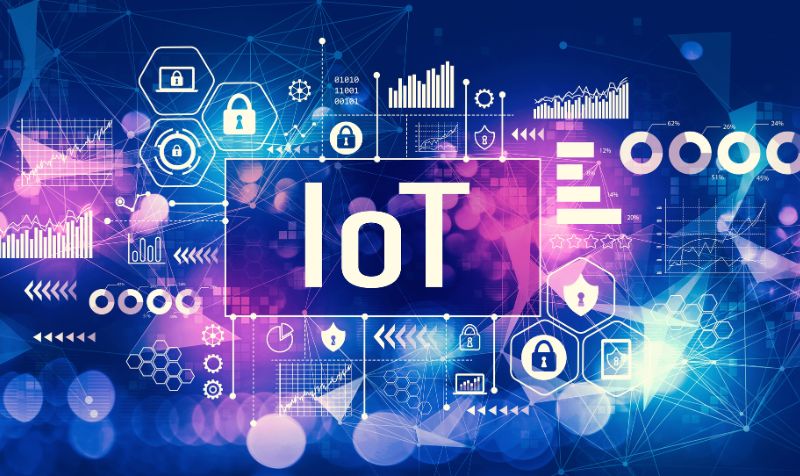
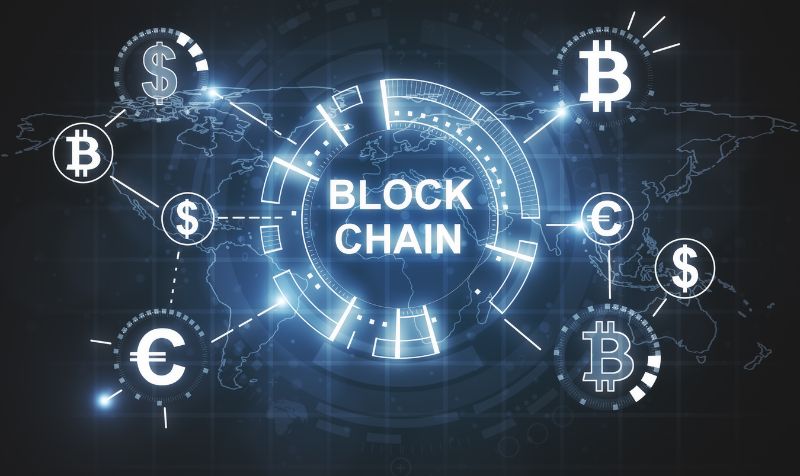
What is Blockchain? A Definitive Guide
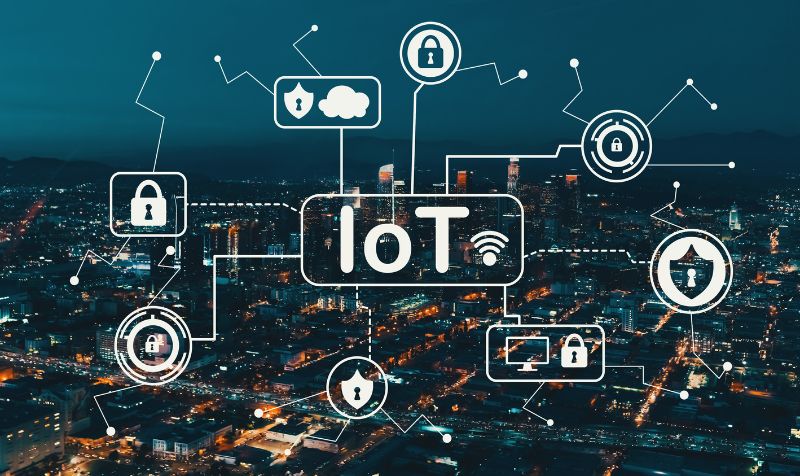
IoT Courses: From Free to Paid All Included
Subscribe To Our Weekly Newsletter
Categories
Filter by tags
-
what is cloud computing
-
Visualization in cloud computing
-
smart contracts
-
sensors
-
Regression in machine learning
-
Python programming
-
Python developer salary
-
Python
-
protocols
-
ML
-
Machine learning MCQ
-
Machine Learning
-
IoT with examples
-
IoT sensors
-
IoT device management
-
IoT
-
Internet of things
-
How to learn python
-
Healthcare
-
Hands-on machine learning
-
Examples of machine learning
-
Ethereum
-
Decentralized
-
cybersecurity
-
cryptocurrency
-
Cloud Computing
-
Cloud
-
Blockchain developer salary
-
Blockchain
-
Bitcoins
-
Bias in machine learning
-
Artificial Intelligence
-
Actuators in IoT
-
actuators
-
5g
Related Posts

Introduction to Cybersecurity
The cyberattack juggernaut increased impossibly in 2024 and left its victims more devastated than ever. Last year, companies were the victims of some nasty attacks.

What is IoT and How to Learn IoT: A Definitive Guide (2024)
Introduction The first question that comes to mind is, “What is the full form of IoT?” IoT stands for the Internet of Things, which refers

What is Blockchain? A Definitive Guide
Blockchain is quickly becoming a buzzword in various industries. This technology was popularised with the advent of Bitcoin in 2008. However, blockchain applications have gone

IoT Courses: From Free to Paid All Included
Introduction In this comprehensive guide on IoT courses, we will explore the field of the Internet of Things and its valuable skills for career advancement,
